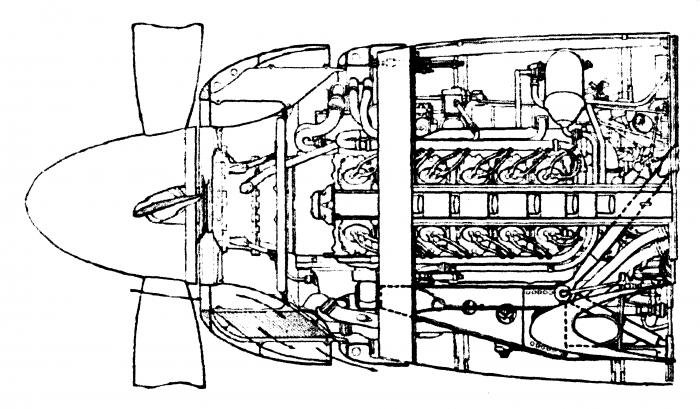In trying to improve cooling on its liquid-cooled Sabre engine, Napier felt a different concept could work wonders

Aircraft designers had always found the matching-together of the liquid-cooled engine with a suitable radiator a difficult problem to overcome. Divorce was not possible — the engine had to have its radiator — so considerable thought and effort went into making the best of this situation. Indeed, extraordinary levels of ingenuity were expended in the development of many different schemes for radiator and cooling systems. For example, in 1931 Supermarine’s R. J. Mitchell had used the floats of his S6B Schneider Trophy racing seaplane to create additional radiator area and increase the aircraft’s heat dissipation.
Ove

